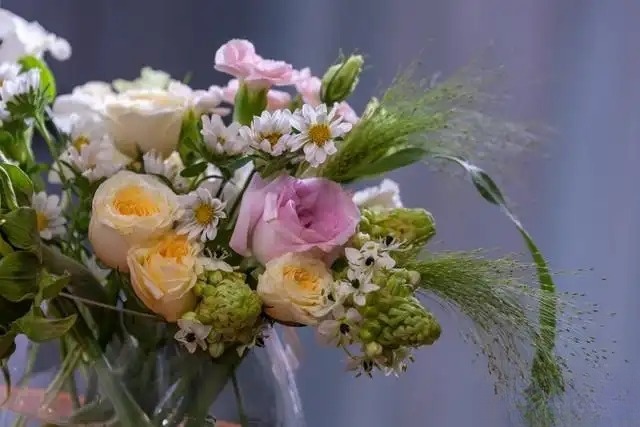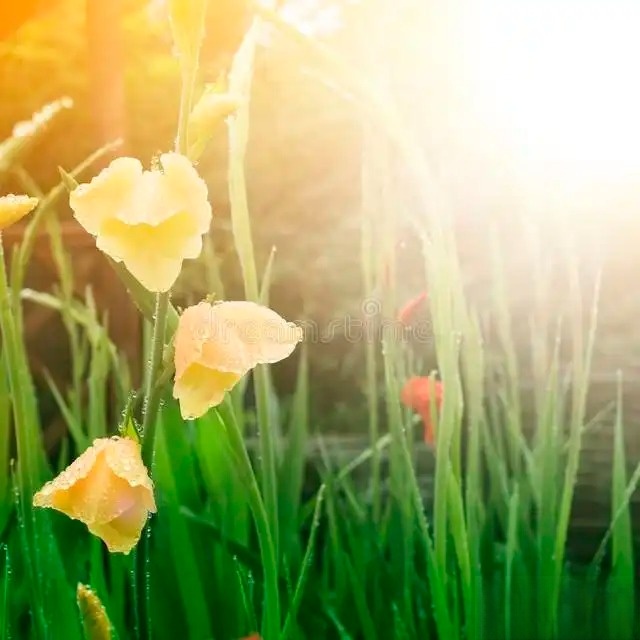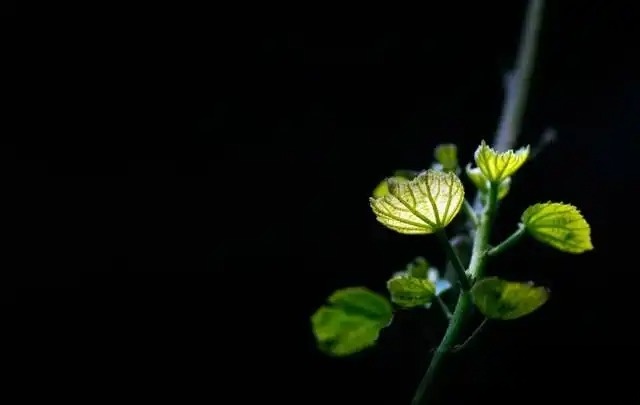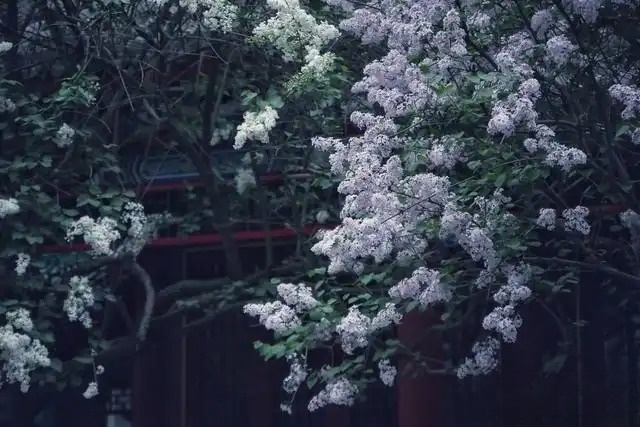A mustread for beginners in flower cultivation! Decoding the "three elements" of flowering will help you achieve twice the result with half the effort!
For novice flower growers, getting flowers to bloom on time seems to be a problem. In fact, mastering the "three elements" of flowering can greatly increase the flower viewing rate, making flower growing easier and more rewarding! Let me reveal the "three elements" of flowering!

The first element is lighting.
Light is one of the most important factors affecting the blooming of flowers. Different varieties of flowers have different requirements for light intensity and exposure time. Generally speaking, flowering plants need to get 12-16 hours of sufficient light to bloom normally.
New flower growers need to be clear about the light requirements of the flowers they grow, and then choose a suitable windowsill location. For the same variety of flowers, poor light will delay flowering or reduce yield.
The second factor is temperature.
Too high or too low temperatures will make it difficult for flowers to bloom. High temperatures in the summer may cause flowers to dehydrate and wilt, while low temperatures in the winter will slow down the growth of buds.

Generally, when buying flowering plants, the appropriate growth temperature range will be marked. Newbies need to carefully refer to this indicator and choose flowers suitable for indoor temperature. At the same time, you can also use temperature control, ventilation and other measures to make the flowers grow in the best temperature environment.
The third element is proper water and nutrients.
Insufficient water will cause the flowers to dry up, but overwatering can also cause root rot. Generally speaking, just keep the surface dry, and the specific amount depends on the size of the flowerpot and the climate.
In terms of nutrients, phosphorus and potassium fertilizers need to be added appropriately before and after flowering to promote the formation of flower buds. However, excessive fertilization should not be applied, otherwise leaves will grow without flowers.
By mastering these three elements, novice flower growers can easily deal with the flowering problems of various varieties. Here are some specific maintenance tips:
1. When choosing a plant, you must be clear about its light and temperature requirements. It is important to buy the right variety.
2. Ensure sufficient light during maintenance. Shading will delay flowering. Mirror reflection can be used to increase light.
3. Observe the color of the leaves to determine whether additional light is needed. If the veins are too close together or turn yellow, it means there is insufficient light.

4. Avoid direct exposure of flower pots to cold or hot winds. Use sunshade curtains to adjust the temperature.
5. Before and after flowering, water and fertilizer management should be strengthened, but not excessive. Observe and understand the needs of flowers.
6. Top dressing can be done 1-2 times a week during the growing period, and once every 3-5 days during the flowering period.
7. Failure to bloom usually means insufficient light or nutrients. You can adjust the position or change the fertilizer appropriately.
8. Maintenance must be stable, as rapid temperature changes will also affect flowering.
9. Record the specific circumstances of each flower from purchase to flowering, and summarize the experience and lessons learned.
As long as you master these tips, even novice flower growers can successfully cultivate their own "flowering babies"! Of course, different flower species require slight adjustments to the three elements of flowering.
Here are some more specific tips for flowering of several common flower-growing plants:
As for succulents, most of them are native to tropical areas. The temperature is not easy to be too low, but they are also afraid of high temperature. They need to be shaded in summer to prevent heatstroke, and they need to be kept warm in winter. Succulents are afraid of water, so they are generally watered once every 10 days. Phosphorus and calcium are the main nutrients to promote flower bud differentiation.
Orchids have high requirements for temperature and humidity, and need strong light and good air circulation. In summer, the hot air needs to be broken in time to keep the temperature below 29°C, and in winter it should not be less than 10°C. Orchids should be watered in time and the substrate should be kept moist. Fertilizers should be changed in spring and autumn every year, mainly organic fertilizers.
For perennial flowers, it is difficult to bloom in the first year of accumulating energy, and appropriate drought conditions can promote flowering from the second year. Be sure not to overwater, otherwise only leaves will grow without flowers. Perennial flowers can be fertilized regularly to ensure sufficient nutrients.
Finally, it is also very important to maintain patience and optimism. Growing flowers requires time and experience. Don't be discouraged by a temporary failure to bloom. Adhere to regular maintenance, summarize experience and lessons, and you will feel extremely happy and satisfied when the flowers bloom successfully!

In summary, by mastering the three elements of light, temperature, and water and nutrients, and fine-tuning the maintenance methods according to the characteristics of different flowers, novice flower growers can also successfully cultivate their own "flowering babies". The flower world is colorful, let us continue to explore it with enthusiasm and patience!
If you find this article useful, please follow it. We will update a little breeding knowledge every day!